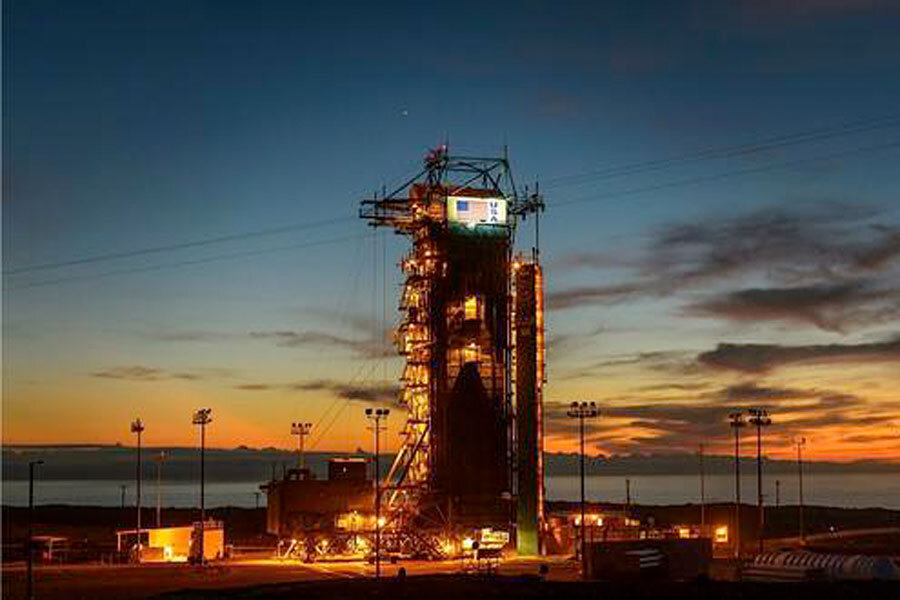New satellite to help NASA predict floods and droughts
Sen—A United Launch Alliance Delta 2 rocket was poised for liftoff from Vandenberg Air Force Base in California on Thursday to put what may be a game-changing environmental satellite into orbit for NASA.
The Soil Moisture Active Passive (SMAP) observatory has two microwave instruments: an active radar that emits short pulses and listens for reflections, and a radiometer that passively monitors natural microwave emissions coming from Earth. The instruments are designed to be most sensitive to microwaves from topsoil, which changes its emissions depending on how much water it contains.
Overall, moisture in the soil accounts for less than one percent of the planet’s total water supply, but its presence or absence plays a huge role in Earth’s water, energy and carbon cycles.
“It’s what is interacting with the terrestrial biosphere, with the vegetation. It’s what is determining how much runoff occurs … how much freshwater there is in the rivers and lakes. It’s a tiny amount, but a very important amount,” SMAP lead scientist Dara Entekhabi, with the Massachusetts Institute of Technology, said during a prelaunch press conference.
Data from the satellite will change the forecasting of floods and droughts, as well as impact agricultural operations, insurance assessments and disaster relief.
Today, that information comes largely from computer models.
SMAP will make direct measurements of soil moisture around the globe and update its results every two- to three days.
“What the soil moisture measurements will do is improve our weather forecasts, improve our assessments of water availability and also address some issues dealing with long-term climate variability and assessment of the impact of human intervention in the global environment,” Entekhabi said.
Launch is planned for 6:20 a.m. PST/1420 GMT. The mission, which is designed to last at least three years, is costing NASA $916 million, including the Delta 2 rocket ride.
Related Links:
Satellite to monitor rain, snow
Carbon-monitoring spacecraft blasts off
Russia to launch Earth-monitoring satellite
Original story from Sen. © 2015 Sen TV Limited. All rights reserved. This material may not be published, broadcast, rewritten or redistributed. For more space news visit Sen.com and follow @sen on Twitter.






